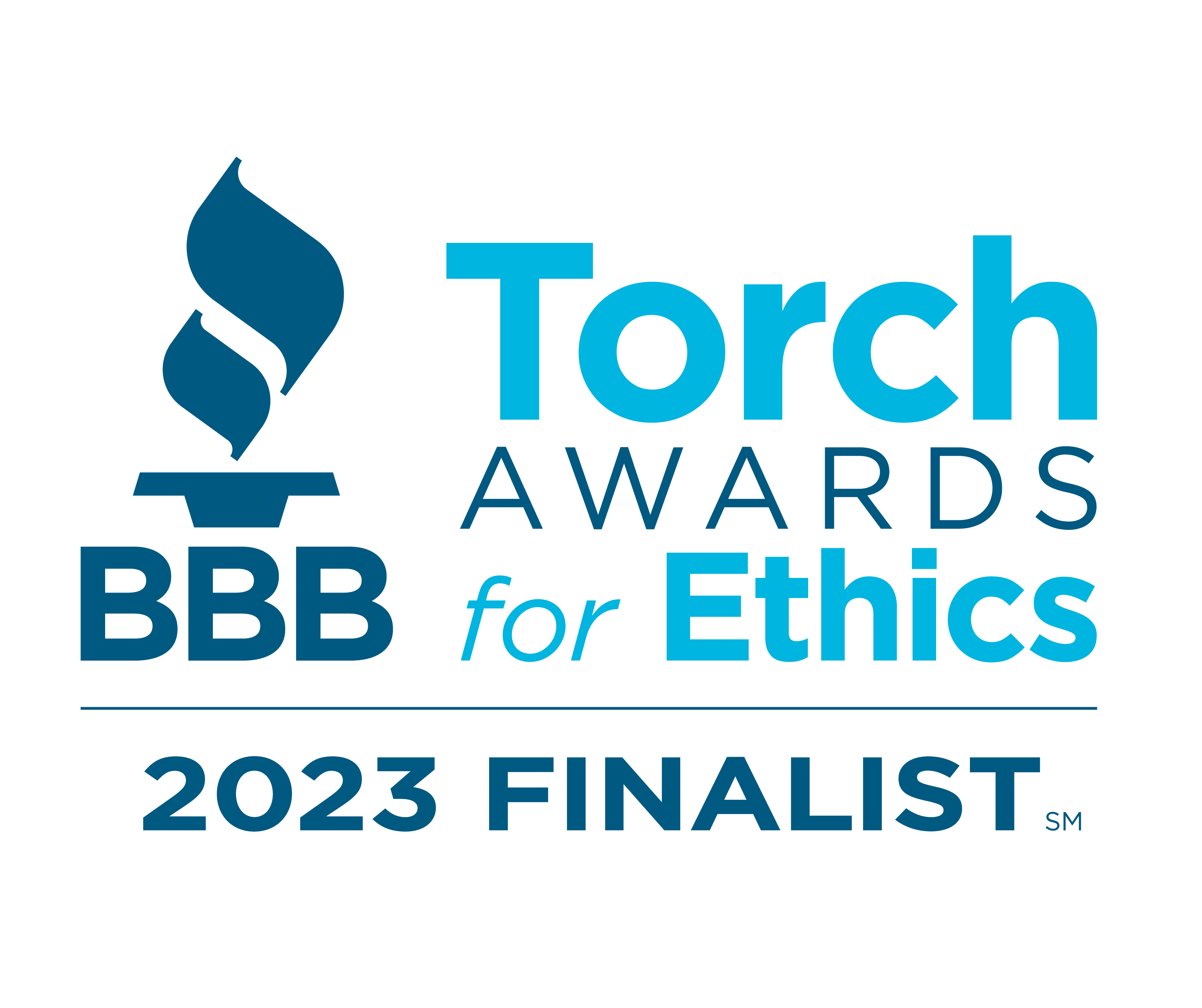Although some of the audits are at random, with nothing the individual taxpayer did to generate them, many inspections are instigated by mistakes taxpayers have made. The IRS uses something called the discriminate information function to determine which tax returns to audit. The DIF uses a scoring system that analyzes the returns of peer groups which are based on similar socioeconomic factors such as job category and income. If a person’s financial data differs significantly from those established by his peers, the system gives that return a high DIF score and raises the chances that the filer will be audited.
Here are:
The Top 5 IRS Audit Red Flags and How to Avoid Them
1 of the top 5 IRS audit red flags and how to avoid them
1. FAILING TO REPORT ALL YOUR INCOME
This is especially true for freelancers tempted to submit only the W-2 form from their regular job and keep extra income from side gigs on their Form 1099 (the non-wage income you get from things like freelancing, stock dividends, and interest) a secret.
However, the IRS already knows about the income listed on your 1099 because the company will have sent them a copy as part of their expenses, so it’s only a matter of time before you are discovered.
Service industry workers have historically been notorious for under-reporting their tips while achieving an enviably high net income, which is why the IRS is allowed to use a “reasonable estimate” of tips received by employees to calculate an establishment’s share of FICA taxes.
Currently, employees who work in industries where tips make up most of their income must now report their earnings to their employers. This includes cash tips as well as any tips paid by credit or debit card, along with the number of tips split with other employees. If the employer allocates tips rather than leaving it up to the employees to report, it means that they must pay taxes on tips equaling a share of 8% of your employer’s monthly sales.
2 of the top 5 IRS audit red flags and how to avoid them
2. REPORTING TOO MANY DEDUCTIONS OR CHARITABLE DONATIONS
Excessive or unwarranted deductions can raise red flags when they are too high in proportion to the amount of income, so business owners need to be careful not to declare too many expenses. For example, if you earned $55,000 as a web designer working remotely, home-office related deductions totaling $30,000 will raise a red flag. Context is important when validating business expenses, so trying to write off the value of a new dining room set as office equipment could draw unwanted attention.
The IRS also encourages individuals to donate clothing and even old automobiles to charities by offering a deduction in return for a donation. The IRS prefers individuals to value the items they donate somewhere between 1% and 30% of the original purchase price. Aside from the 30% and under rule, consider having an appraiser write a letter (for individual items valued at $5,000 or more, an appraisal is required. Another benchmark the IRS uses is the willing-buyer-willing-seller test, meaning that taxpayers should value their goods at a price where a willing seller would be able to sell his property to a willing buyer to purchase the item). This benchmark will keep you out of trouble and prevent you from placing excessive value on your mom’s old Nina Simone albums.
3 of the top 5 IRS audit red flags and how to avoid them
3. MATHEMATICAL AND GRAMMATICAL ERRORS
This may seem obvious, but if you have made a mathematical error, you will automatically get the computer’s attention. If you do your own return, it’s advisable to run it through a tax program. Also, make sure that the total dollar value of capital gains and/or losses are appropriately calculated.
Double check that your accountant has listed your income and expenses correctly to make sure there aren’t any glaring mistakes. They will also tell you if you’re deducting too many expenses in proportion to your income, and adjust the numbers accordingly.
RELATED: 5 Things to Avoid If You Owe Money to the IRS
When making your calculations, be precise and avoid illogical estimations. Consistently even numbers are a red flag that you’re attempting to have your numbers line up in intervals of $100. Round up to the nearest dollar rather than the nearest hundred. Say you’re a graphic designer claiming a program that cost $888.25 as a business expense, round up to $889, but not to $1,000. An even number such as $1,000 is somewhat unlikely, and the IRS may ask to see proof.

4 of the top 5 IRS audit red flags and how to avoid them
4. INCOME THRESHOLDS, BUSINESS OWNERS, AND TAX SHELTERS
Even though the cost of living continues to rise exponentially and you need a decent salary to survive if you earn more than $100,000 per year, your odds of being audited increase dramatically. In fact, some accountants put the odds of being audited at one in 72, compared to the one in 154 odds for those with lower incomes.
If you own shares in a limited partnership, control a trust or partake in any other tax shelter investments, you are more likely to be audited and need to document all deductions, donations, and income carefully.
Small business owners are an easy target for IRS audits–particularly those with cash businesses. Bars, restaurants, car washes, and hair salons automatically raise red flags, not only because they deal with so much cash, but also because there is a constant temptation to under-report income and tips. Also, many business owners put family members on the payroll and over-estimate expenses when paying with cash.
According to 2016 IRS estimates, there is roughly an annual $458 billion gap between what Americans pay in taxes versus what they owe, which equates to approximately $2,500 per household.
5 of the top 5 IRS audit red flags and how to avoid them
5. DISCREPANCIES BETWEEN SIMILARLY SITUATED TAXPAYERS OR CORPORATIONS
The IRS may compare the corporate tax returns of similar businesses and the relationship of purchases, sales, and GST/HST remitted to other companies in the same industry to ascertain whether remittances are reasonable. They also look tax returns of shareholders of a private corporation to the corporation’s tax filings, so filing positions which are not consonant with expectations for an industry, or which are not consonant among shareholders and their private corporations, may attract an audit. The same goes for comparing the income and expenses of similarly situated taxpayers.
The IRS uses both automated and human processes when selecting which tax returns to audit. All tax returns are compared with statistical norms, and those with anomalies undergo three layers of review by personnel.
So what should you do if you are audited? Remain calm, communicate effectively, be prepared to show all of your documentation, and try to have a qualified accountant and/or tax attorney represent you.









